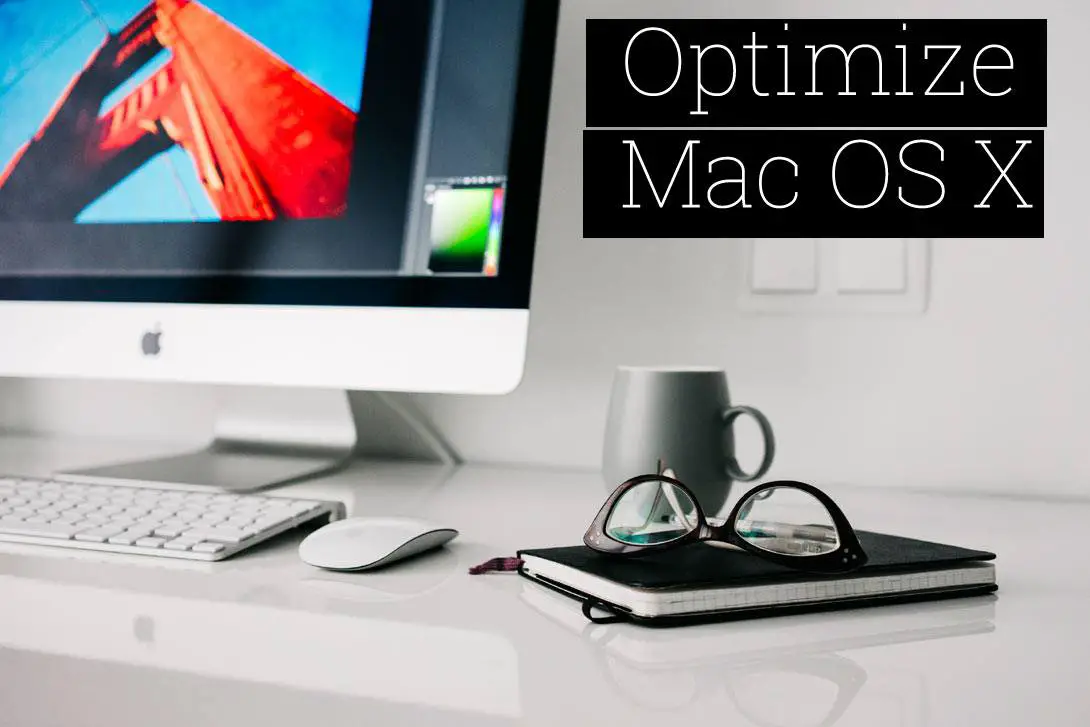

RELATED: How to Enable Intel VT-x in Your Computer's BIOS or UEFI Firmware Once it’s on the list, your antivirus will ignore all files in this directory. To speed things up, you can add your virtual machine directory to your antivirus’s exclusions list. The antivirus can’t see inside the virtual machine to detect viruses running on your guest operating systems, so this scanning isn’t helpful. Your computer’s antivirus program may be scanning your virtual machine files whenever they’re accessed, reducing performance. RELATED: Antivirus Slowing Your PC Down? Maybe You Should Use Exclusions


Exclude Virtual Machine Directories In Your Antivirus If you see a notification that an update is available for Guest Additions or VMware Tools, you should install it. If you’re using a Windows guest operating system, it’ll be just like installing any other Windows application.Įnsure you keep these updated with your virtual machine program. In Parallels, click Actions > Install Parallels Tools.įollow the instructions on your screen to complete the installation. On VMware, select the Install VMware Tools option in the virtual machine’s menu instead. You can then launch the installer from the virtual disc drive in your virtual machine. In VirtualBox, boot your guest operating system and click Devices > Insert Guest Additions CD Image. These packages include special drivers that help your guest operating system run faster on your virtual machine’s hardware. Install Your Virtual Machine Software’s ToolsĪfter installing a guest operating system inside a virtual machine, the first thing you should do is install your virtual machine software’s drive package-Guest Additions for VirtualBox, VMware Tools for VMware, or Parallels Tools for Parallels. The space will be assigned in a large block instead of being added in smaller pieces. You also won’t see as much file fragmentation. There’s a trade-off here: a fixed-size disk uses more space on your hard disk, but adding new files to the virtual machine’s hard disk is faster. When you create a fixed-size disk, all 30 GB of that space would be allocated immediately. However, it’s slower than creating a fixed-size disk (also known as a preallocated disk). This can be convenient, as each virtual machine won’t take up an unnecessarily large amount of space on your hard drive. As you add more files to the virtual disk, it will expand up to its maximum size of 30 GB. After installing your operating system and programs, it may only take up 10 GB. By default, virtual machine programs will generally use dynamically allocated disks that grow as you use them.įor example, if you create a new virtual machine with a dynamically allocated disk with a maximum size of 30 GB, it won’t take up 30 GB of space on your hard disk immediately.

When creating your virtual machine, you can create two different types of virtual disks. Create Fixed-Size Disks Instead of Dynamically Allocated Ones


 0 kommentar(er)
0 kommentar(er)
